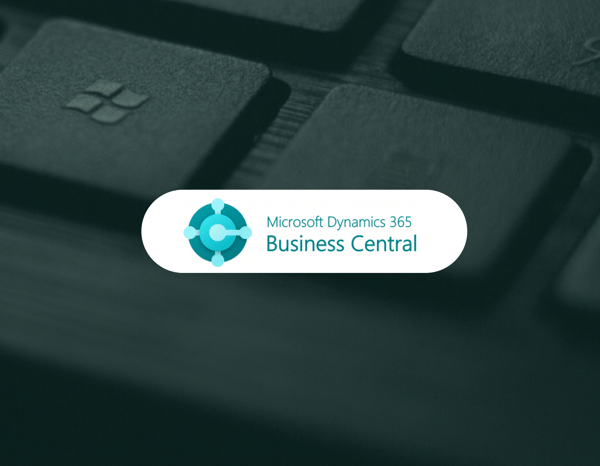

Before you pay an invoice, you need to make sure the total cost and individual line items match the purchase order and receipt of goods. Otherwise, you can end up paying hundreds or even thousands of dollars for products and services that weren’t requested or delivered.
Conducting 2 and 3-way matches makes it easy for you and the rest of your accounts payable team to verify that you’re paying the right amount of money to the right vendor. And, now that we’ve moved into the era of automation, it’s possible to do it without manual data entry or tedious manual work.
What is 3-way matching?
3-way matching is the process of comparing vendor invoices with your company’s purchase orders (POs) and receipts to make sure the bill reflects the agreed price and only includes the products and services you received from that vendor.
For example, if a vendor sent your company a bill for five new laptops, you’d want to compare the computer models, line item pricing, and total cost on the invoice to the details on the PO. If it all checked out, your team would then verify that all five laptops were received by reviewing the receipt of goods. Assuming everything matched there as well, your team would then be free to pay the invoice.
Why is 3-way matching important?
Whether you’re performing a 2, 3, or 4-way match, the process is designed to protect your business and your bottom line. It makes it easier to pinpoint billing inaccuracies, get invoices processed and approved faster, and minimize fraud.
Without 3-way matching, businesses would be left guessing as to whether or not an invoice should be paid. They could wind up paying for goods and services that were not ordered or not properly documented and priced.
How does invoice matching work?
There are several ways you can handle 3-way bill matching. The first is to enter everything into Netsuite by hand and check all the details manually. In the past, this has been a go-to strategy, as it requires nothing more than your ERP and the accounts payable (AP) team to execute.
But there is a fatal flaw to this approach: manual entry is tedious. It can take hours to enter all the details and even longer to cross-check new invoices against existing POs. And if Netsuite’s ERP comes back with an exception, remedying the problem can take longer.
Thankfully, you aren’t stuck matching dozens of invoice line items by hand. By integrating Netsuite with an AP Automation solution that automates the process, 3-way matching takes place within minutes of receipt of the invoice. This cuts down on the time it takes to process and pay invoices and ensures greater accuracy.
Here’s how automated 3-way invoice matching might look in action:
- Invoice OCR and capture technology reads the data on the PDF or paper invoice
- A matching engine in the system goes to work to match the vendor invoice with the PO and/or the receipt of the goods
- If there is a match, the invoice is forwarded to NetSuite for recording and payment
- Exceptions are flagged, and all the documents necessary for clearing the exception are forwarded to approvers
- Once the exception is cleared the invoice is sent to NetSuite
Powerful invoice matching for NetSuite
With an Accounts Payable (AP) Automation solution like Rillion, 3-way matching occurs in the background of the invoice processing workflow. The platform’s Cascading PO Matching feature matches hundreds of header and line items on multiple pages for both purchase orders and vendor invoices. With Rillion, all the steps and details of the matching process–from exceptions to communication–are logged in a time-stamped audit trail to give your organization full transparency.
Learn more about Rillion’s 3-way matching software.
People also asked
What specific metrics should companies track to measure the effectiveness of their three-way matching process?
To measure the effectiveness of a three-way matching process, companies should track metrics such as the time taken to complete matches, the number of exceptions raised, and the accuracy rate of matches.
How can businesses address common challenges or exceptions that arise during the three-way matching process?
Common challenges during this process can be addressed by implementing automated workflows, setting clear guidelines for exception handling, and regularly training staff on best practices.
What best practices can companies adopt to ensure compliance with regulatory requirements while performing three-way matching?
To ensure compliance with regulatory requirements, companies should adopt best practices like maintaining thorough documentation, conducting periodic audits, and staying updated on relevant regulations.

